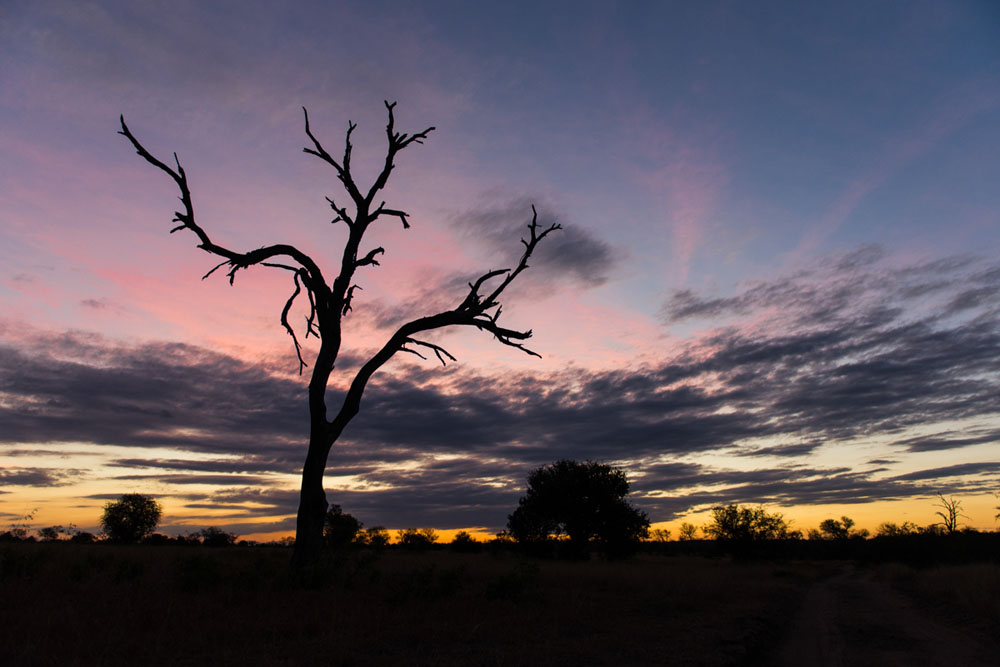a week in the bush: vol 16
on Jul 16, 2014Welcome to another installment of A Week in the Bush. It has been another amazing week, filled with spectacular sightings and great laughs around the fire with our guests. The end of winter is almost in sight, but the nights are still long and very cold, the mornings even more so. Guides, Trackers and Guests alike always look forward to the dawn sunrise to give us that little bit of extra warmth as we drive through the bush scanning for any sign of life. What is evident though, is that the animals seem to be just as keen as us to see the sun rising over the horizon, signaling the end to a long, bitter night and the start of a new day.
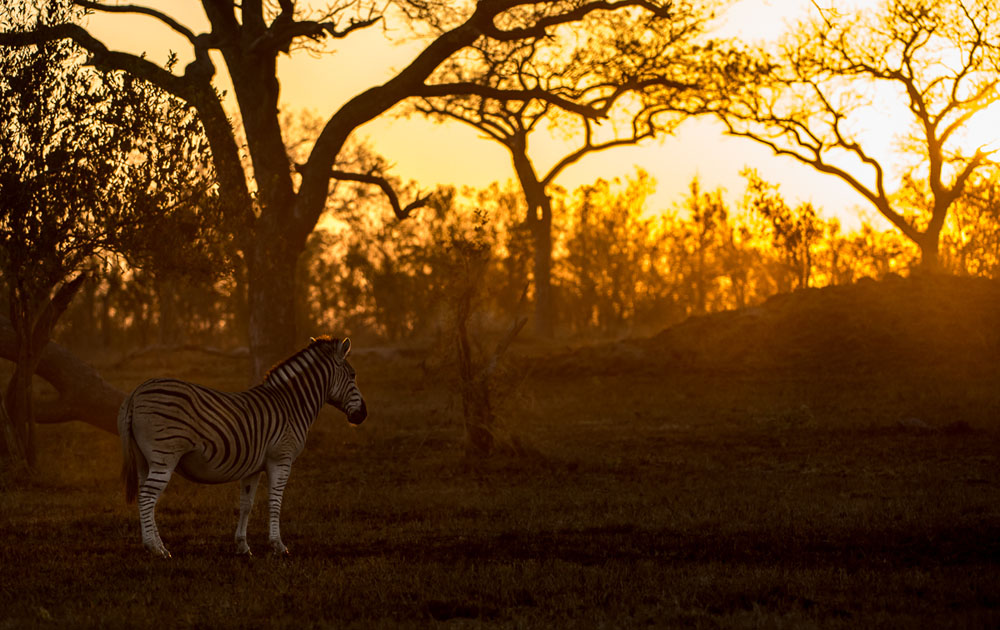
The cold mornings do sometimes make for some great sightings of the smaller creatures out here. One of my favorites are the family groups of dwarf mongoose that can quite often be found sunning themselves outside their den sites, usually dormant termite mounds. We encountered an extremely relaxed group of dwarf mongooses this last week doing exactly that, sunning themselves and grooming each other outside the den, right next to the road. We couldn’t have been more that a meter away from them and they were about as indifferent to us as they could be. What an amazing interaction to watch at such close range! We also came across large herds of zebra and wildebeest in the open plains, grazing and enjoying the morning sun.
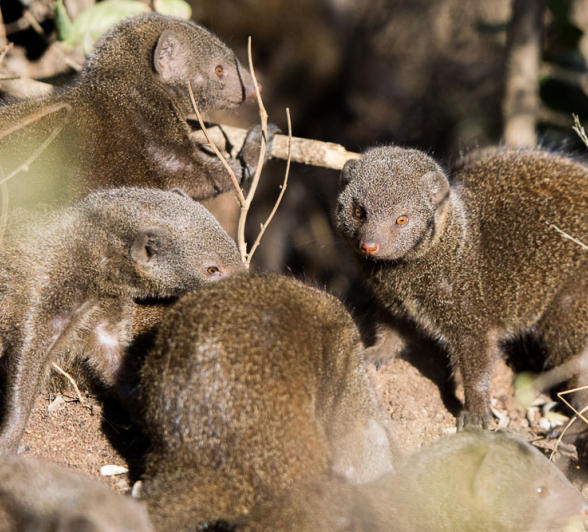
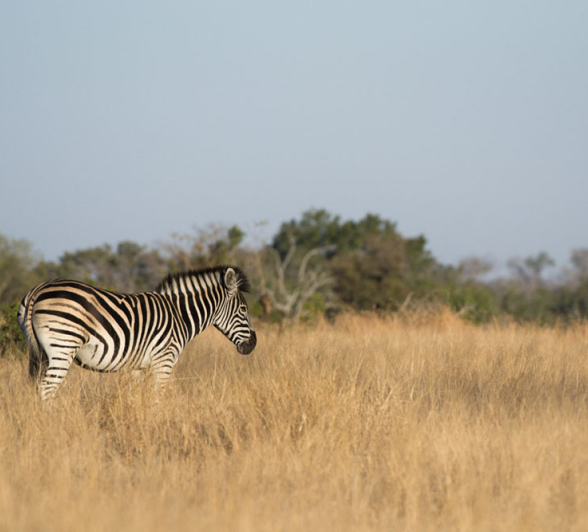
We’ve seen the large herds of buffalo venture through the reserve in search of resources once more, leaving behind more males. Some of the bulls are very impressive and others less so, but it always nice to spend time with them and observe the interactions between the members of the group and, of course, the ever-vigilant oxpeckers. Buffalo bulls will often leave the larger herds when they are past their sexual prime and no longer interested in mating opportunities. The same will apply to younger males that have not yet reached their prime, often leaving the herds to join up with the older, more seasoned bulls. Leaving the safety of the large herds is a small risk, but the bulls are usually big enough to fend for themselves. The oxpeckers help in this regard by keeping a watchful eye over the surrounding area, improving safety for the buffalo.
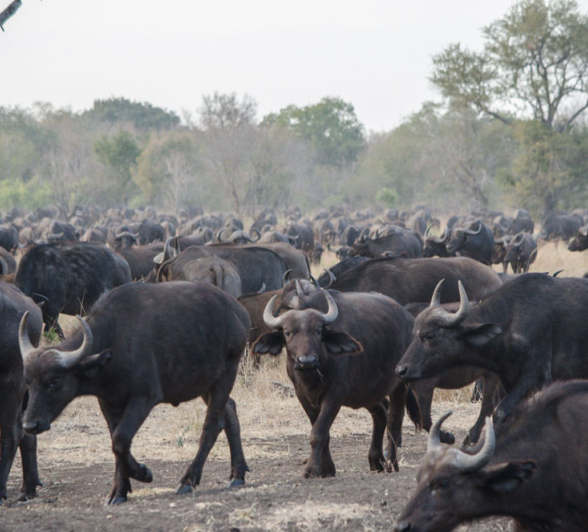
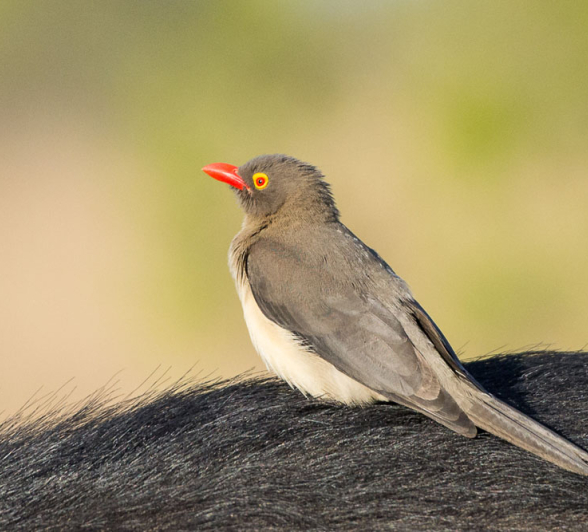
The lodge grounds can be very productive in terms of game viewing, with all of our lodges having either waterholes or river courses in front of the viewing decks, attracting a wide variety of animals. The bird watching in particular though, can be excellent. Birding is a favourite pastime of mine and I have had some incredible sightings while walking around at the various lodges, but some of our guests at Earth Lodge were treated to quite a sighting the other day when a Shikra, one of the smallest birds of prey in the region, captured a frog around the water feature in the lodge’s main area. Even for the uninitiated, it must have been very exciting to watch this amazing bird in action.
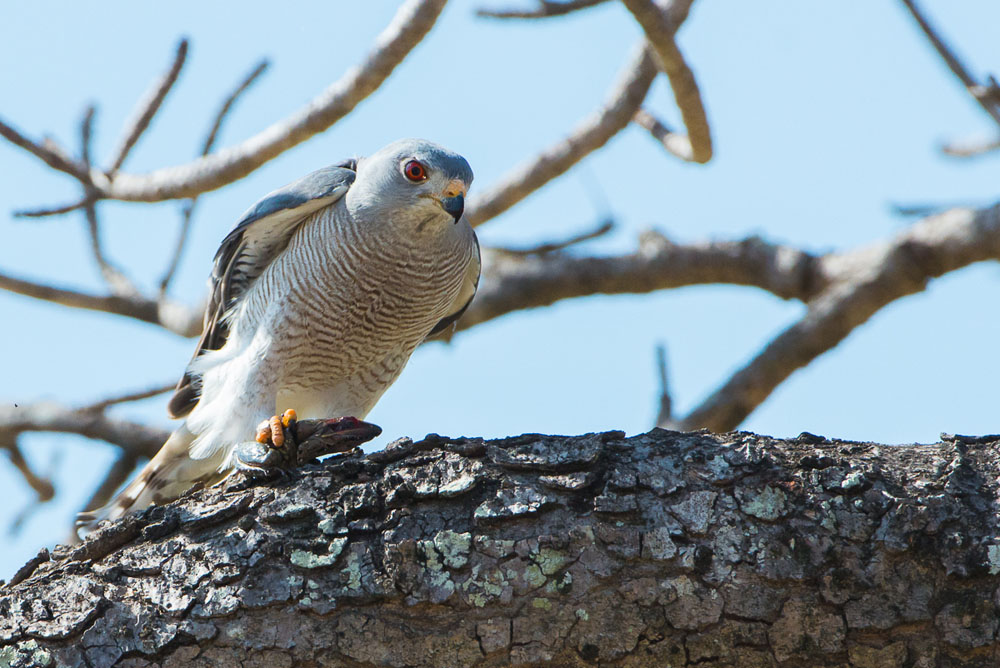
The Nottins female has been featuring very strongly this last week and we have all had the incredible pleasure of being able to spend some time with her and her cub. She has been very active in her movements around the reserve trying to ensure that both her and her cub are well fed. We have been looking forward to this for weeks now, allowing her space and exhibiting patience knowing that she would allow us into their lives in time. We all have high hopes for this young cub and even though cub mortality rates are very high in both leopard and lion, I think the youngster is going to do very well. The Maxabeni male has brought a lot of stability into the area after kicking out both the Mahlathini and Sandriver males to take over the entire northern section. I don’t think that there is any male that will challenge him for the territory anytime soon and this is good news for all of his offspring. We found Nottins a number of times this last week and were able to see the young cub on a couple of those occasions. We also believe that the one impala carcass that we tracked her to is the first kill that she has brought the cub to feed on. This means that we should be seeing a lot more of the two of them in the near future.
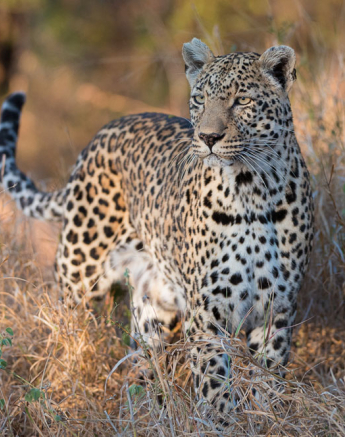
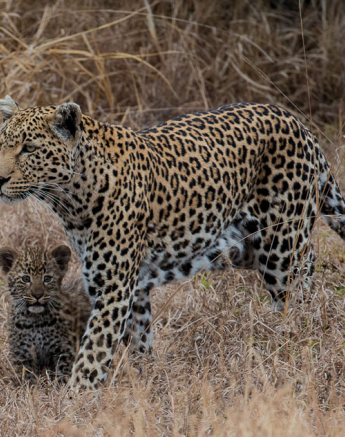
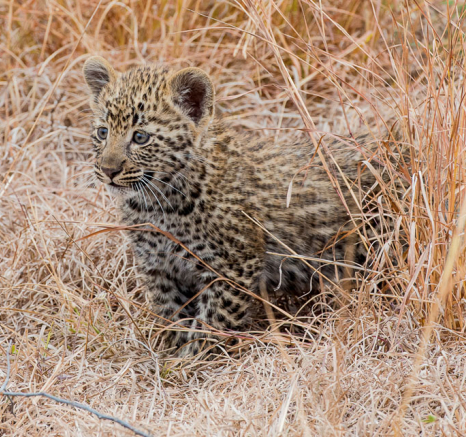
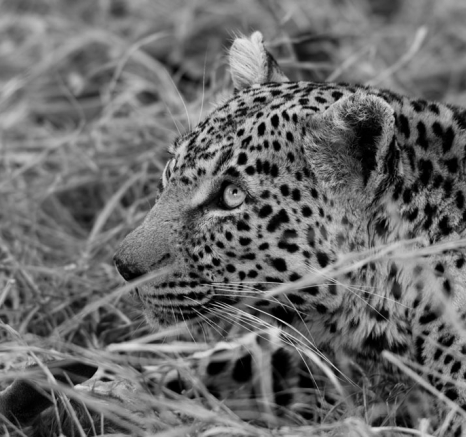
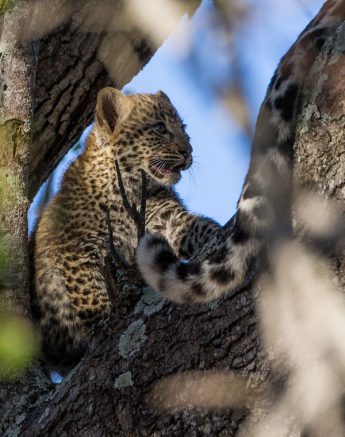
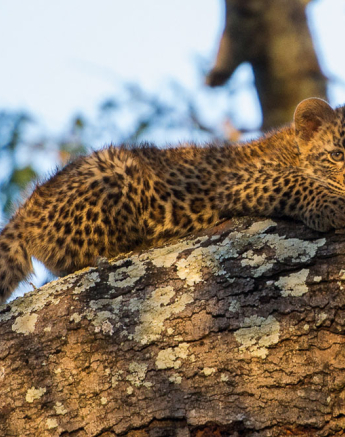
The three Southern Pride lionesses were found separated from the Sand River males on several occasions until ultimately reuniting with the trio later in the week. During that time though, both factions were seen in different sections of the reserve. The females were looking very hungry and seemed to be intent on finding themselves a decent meal, while the Sand River males were out patrolling their boundaries. It seemed that one of the males had been left behind or had been patrolling elsewhere, when he came across a giraffe kill and was attacked by the two Charleston males. He escaped with only minor wounds, but the message I believe is clear and the Charlestons seem to be holding to their small piece of ground. The Sand River male was soon calling for his brothers until they eventually reunited in the south of the reserve. The Southern Pride split was also in attendance this week, but quickly moved back north. They may still be assessing the situation to see whether or not they will join up again with Floppy Ear and the rest of the group. Some believe that the split may be permanent and that the Southern Pride is no more, but I believe they will rejoin. The bonds amongst the females are strong and I’m sure there is a greater plan that is perhaps beyond our rationale. It will be interesting to see how this all plays out in the end.
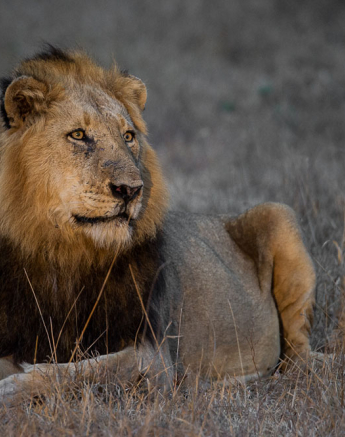
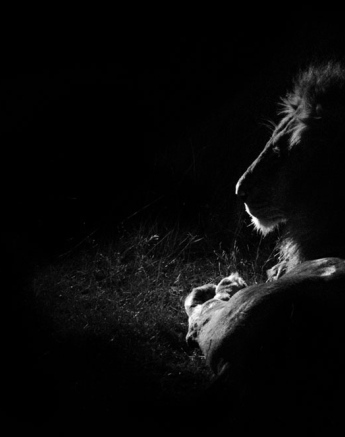
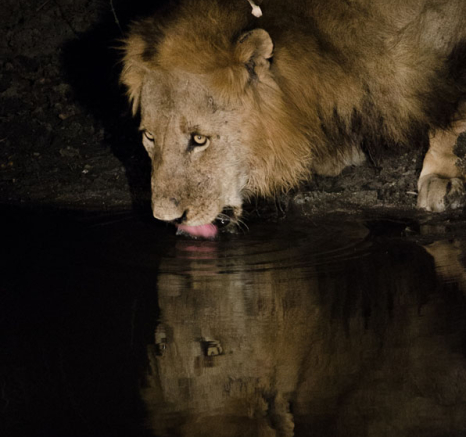
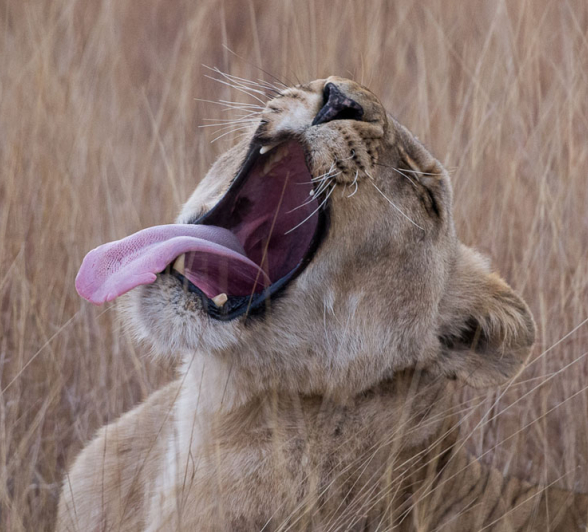
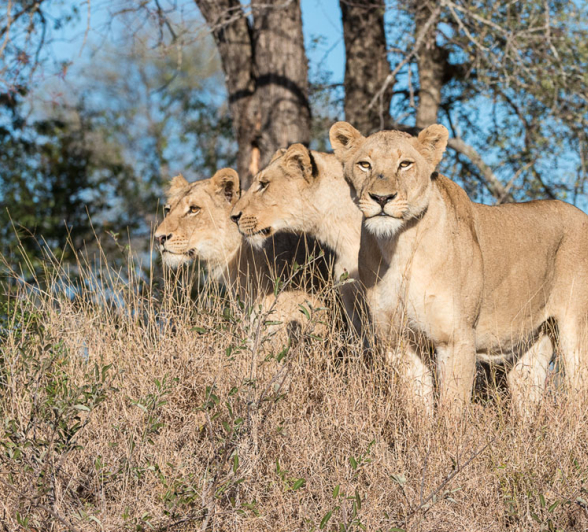
And so the sun sets yet again over the Lowveld. It has been an exciting week filled with once-in-a-lifetime experiences for most that have travelled so far to be with us and it has been amazing to be able to share those experiences with them. I hope you have all enjoyed this week’s highlight edition. Until next time...
